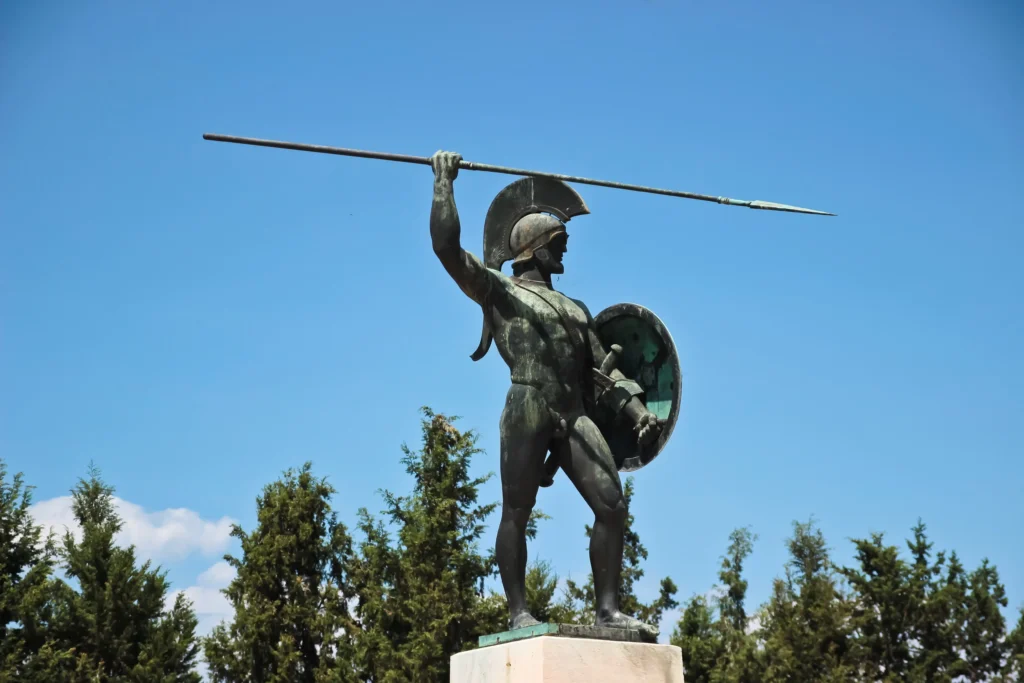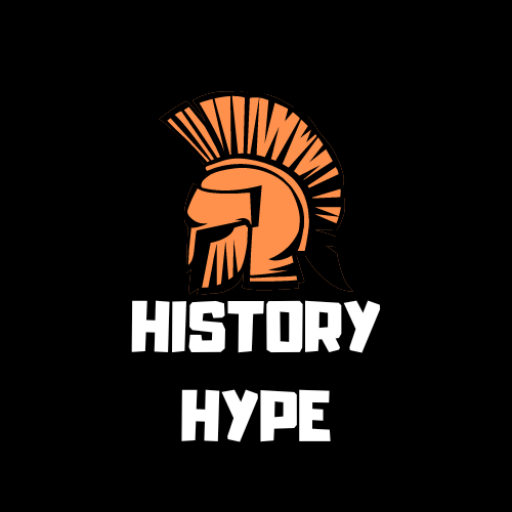The Spartan Army: Fiercest Warriors in Ancient Times

In ancient Sparta, the Spartan army was at the very heart of the state; every institution and policy was geared towards warfare and maintaining a formidable citizen fighting force. Its hoplites were renowned and rightly feared throughout Greece and beyond, and even today their heroics in battle are immortalized in memory.
In this blog, we will explore the different aspects of this legendary military force and what made it so formidable.
Who Could Join?
The Spartan army was reserved only for full-blooded male Spartan citizens, also known as Spartiates or homoioi(“Equals”). These men, aged 20 and above, had passed through the rigorous training school of the agoge. Unlike in other Greek city-states, where citizens could take up different professions, Spartan men were expected to dedicate themselves solely to military service and governance.
They were duty-bound to serve the state and lived by a strict code of honor and discipline. Cowardice was the ultimate disgrace for a Spartan warrior. If a man showed fear in battle, he could be labeled a “trembler,” stripped of his citizenship, rights, and ostracized from society.
Since a Spartan warrior was forbidden from working to sustain himself, he was supported by the helot class—enslaved people who worked the land granted to him by the state. This system ensured that every Spartan hoplite could focus entirely on military readiness.
How the Army Was Organized
The Spartan army was structured in a way that maximized efficiency and battlefield coordination. Unlike most Greek poleis, where armies were raised as needed, the Spartans maintained a highly trained force, though not a standing army in the modern sense. The key military units were:
- Ochē (File) – The smallest unit, consisting of about 4–8 men.
- Enōmotia (Platoon) – Around 36 men, led by an enōmotarches.
- Pentēkostys (Company) – Four enōmotiai combined, forming a unit of around 144 men.
- Lochos (Battalion) – Four pentēkostyes made up a lochos of about 576 men.
- Mora (Regiment) – The largest unit, consisting of around 1,000–1,500 men, led by a polemarchos (regimental commander).
- Hippeis (Royal Guard) – An elite force of 300 warriors, personally selected to serve as the king’s bodyguards.
The Spartan army usually fielded around six morai, giving it a force of 6,000–9,000 elite hoplites at full strength. However, it was rare for the entire army to be deployed at once, as losing Spartiates in battle was a significant blow to Sparta, given its declining citizen numbers.
Over time, Spartan military manpower diminished due to declining birth rates, battlefield casualties, and the rigid citizenship requirements. At the time of the Persian invasion (480 BCE), Sparta could muster around 10,000 men, including perioikoi and helots. However, by the Battle of Leuctra (371 BCE), the number of Spartiates had fallen drastically to around 1,000.
In later years, Sparta increasingly relied on its helot and perioikoi populations to supplement its forces. These men were primarily used as auxiliary troops, light hoplites, and ranged weapon specialists, armed with slings or bows to support the phalanx.
How They Fought: The Spartan Phalanx
The Spartan army mastered the phalanx formation, the dominant battle tactic of the Greek world. While most city-states used the phalanx, the Spartans perfected it through constant drilling and discipline.
The phalanx was a tight rectangular block of heavily armed hoplites, usually 8–12 rows deep, standing shoulder to shoulder. Each warrior carried a large round aspis (shield), protecting himself and partially covering the man to his left. This created a nearly impenetrable shield wall, with long spears (dory) protruding forward, ready to skewer any enemy that approached.
Unlike other Greeks, Spartans trained daily in tactical maneuvers, learning how to wheel, advance, and shift formations with precision. Their unyielding discipline and endurance allowed them to overpower opponents who lacked the same level of training.
This famed formation was what enabled the Spartans and their allies to hold off the vastly larger Persian army at the Battle of Thermopylae (480 BCE) for three days. Even though they were eventually outflanked, their stand became a symbol of military excellence and sacrifice.
Equipment: Supplied by the State
Unlike most Greek city-states, where hoplites had to buy their own equipment, the Spartan state provided standardized arms and armor to its warriors. This ensured that every soldier had high-quality gear, reducing disparities in equipment.
Each Spartiate was issued:
- Aspis (Shield) – A large, concave bronze shield, roughly 1 meter in diameter.
- Dory (Spear) – A long spear, around 7–9 feet in length, with an iron spearhead and a bronze butt-spike.
- Xiphos (Short Sword) – A backup weapon, about 18 inches long, used in close combat.
- Kopis (Curved Sword) – Sometimes used instead of the xiphos for more effective slashing attacks.
- Cuirass (Body Armor) – Initially bronze plate armor, later replaced with a linothorax (layered linen armor).
- Greaves (Leg Guards) – Bronze shin guards for added protection.
- Helmet – A distinctive Corinthian-style helmet, sometimes modified for better vision and breathability.
These weapons and armor were stored and regularly inspected in state armories to maintain their quality.
The Decline of the Spartan Army
Despite its reputation, the Spartan military eventually declined due to several factors:
- Manpower Shortages – A strict citizenship system led to a dwindling number of full-blooded Spartiates.
- Over-Reliance on Helots – Constantly suppressing helot uprisings drained Spartan resources.
- Defeat at Leuctra (371 BCE) – The Thebans shattered Sparta’s military dominance, permanently weakening its power.
- Resistance to Change – While other Greek states adapted new military strategies and political systems, Sparta remained rigid and unable to keep pace.
Finally
The Spartan army was a highly disciplined, professional fighting force that dominated Greek warfare for centuries. Their unyielding discipline, superior training, and relentless pursuit of excellence made them the most feared warriors of their time. However, the rigid nature of Spartan society and declining population numbers eventually led to their military decline.
Even today, the legacy of Sparta’s warriors continues to inspire, reminding us of the power of training, discipline, and unity in battle.
We hope you have enjoyed reading this blog on the Spartan Army, please stay tuned for more – all here on History-Hype. Thanks.
